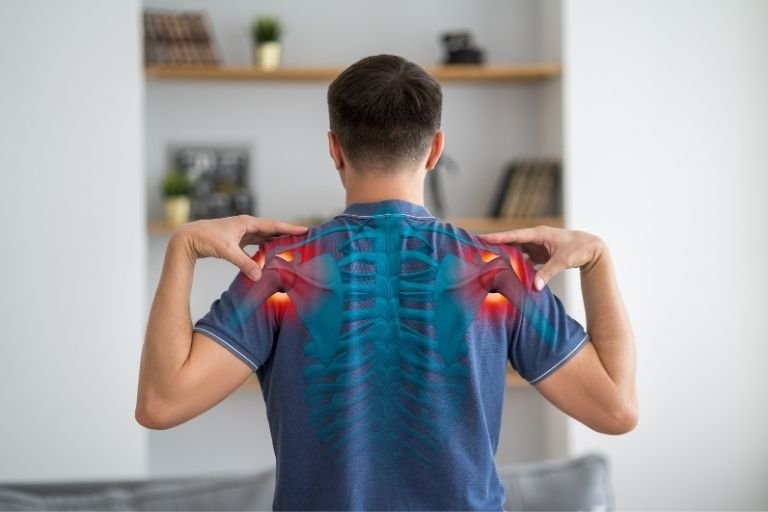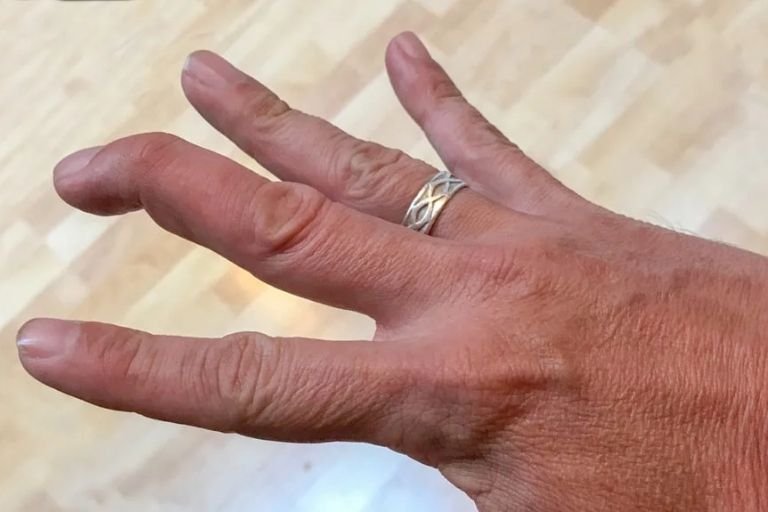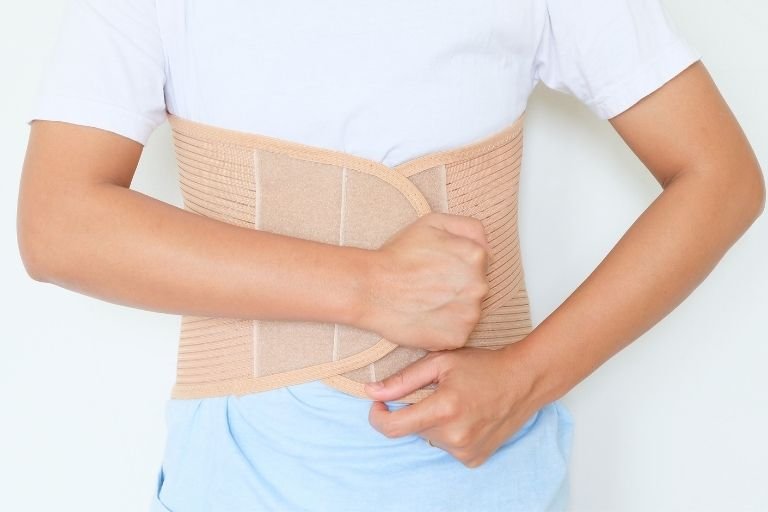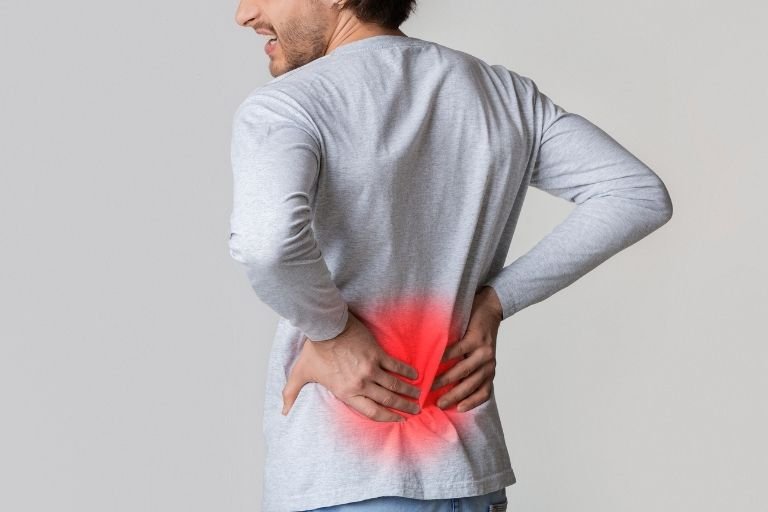- Fitwell Physiotherapy
Parkinson

Parkinson’s Disease (PD) is a progressive neurological disorder that primarily affects movement. It occurs when nerve cells (neurons) in a specific part of the brain called the substantia nigra die or become impaired. These neurons produce dopamine, a chemical messenger that transmits signals within the brain to produce smooth, purposeful movement.
Please submit your details below.
Symptoms
Parkinson’s Disease symptoms generally develop gradually and vary among individuals. The primary symptoms include:
- Tremor: Shaking, often starting in a hand or fingers.
- Bradykinesia: Slowness of movement, making simple tasks difficult and time-consuming.
- Rigidity: Stiff muscles, which can limit the range of motion and cause pain.
- Postural Instability: Impaired balance and coordination, leading to a stooped posture and increased risk of falls.
- Speech Changes: Soft, quick, or slurred speech.
- Writing Changes: Writing may become small and difficult to read (micrographia).
Secondary symptoms can include:
- Loss of automatic movements (blinking, smiling)
- Sleep disturbances
- Mood disorders like depression and anxiety
- Cognitive changes
Causes
The exact cause of Parkinson’s Disease is unknown, but several factors are believed to contribute:
- Genetics: Mutations in certain genes can cause Parkinson’s, though this is rare.
- Environmental Triggers: Exposure to certain toxins or environmental factors may increase the risk.
- Lewy Bodies: Clumps of specific substances within brain cells are a hallmark of Parkinson’s Disease.
- Age: The risk increases with age, especially after 60.
- Gender: Men are more likely to develop Parkinson’s Disease than women.
When to See a Physiotherapist
A physiotherapist can play a crucial role in managing Parkinson’s Disease. Consider seeing a physiotherapist if you:
- Experience difficulty with daily activities due to movement problems.
- Have issues with balance, increasing your risk of falls.
- Notice significant stiffness in muscles that affects mobility.
- Feel that your posture is worsening or affecting your comfort.
- Want to maintain or improve your physical fitness and flexibility.
Risks
Several factors may increase the risk of developing Parkinson’s Disease:
- Age: The most significant risk factor; most people develop the disease around age 60 or older.
- Heredity: Having a close relative with Parkinson’s slightly increases the risk.
- Sex: Men are more likely to develop Parkinson’s.
- Exposure to Toxins: Ongoing exposure to herbicides and pesticides.
Prevention
While there is no sure way to prevent Parkinson’s Disease, some strategies may help reduce the risk:
- Regular Exercise: Physical activity may reduce the risk or delay the onset of symptoms.
- Healthy Diet: Eating a balanced diet rich in fruits, vegetables, and omega-3 fatty acids.
- Avoiding Toxins: Reducing exposure to pesticides and herbicides.
- Staying Mentally Active: Engaging in activities that stimulate the brain, such as puzzles or learning new skills.
Treatments
Currently, there is no cure for Parkinson’s Disease, but treatments can help manage symptoms. These include:
-
Medications:
- Levodopa: The most common treatment, which the brain converts to dopamine.
- Dopamine Agonists: Mimic dopamine effects in the brain.
- MAO-B Inhibitors: Prevent the breakdown of brain dopamine by inhibiting the enzyme monoamine oxidase B.
- COMT Inhibitors: Prolong the effect of levodopa therapy by blocking the enzyme catechol-O-methyltransferase.
-
Surgical Treatments:
- Deep Brain Stimulation (DBS): Electrodes implanted in the brain deliver electrical impulses to reduce symptoms.
-
Therapies:
- Physical Therapy: Improves mobility, flexibility, and balance.
- Occupational Therapy: Assists with daily activities.
- Speech Therapy: Helps with speech problems.
-
Lifestyle Changes:
- Exercise: Regular physical activity can improve strength, flexibility, and balance.
- Healthy Diet: Proper nutrition supports overall health and medication effectiveness.
Parkinson’s Disease is a complex condition with varying symptoms and progression. Early diagnosis and a comprehensive treatment plan, including medication, surgery, and therapies, can significantly improve quality of life. Regular consultations with healthcare providers, including physiotherapists, are essential to managing the disease effectively. While there is no known prevention, a healthy lifestyle may reduce the risk or delay the onset of symptoms.
Frequently Asked Questions
Related Conditions
How Fitwell Physiotherapy Can Help?
Dr. Richa’s Fitwell physiotherapy has an extensive team of physiotherapists all within their own specialist areas of physiotherapy. Whatever your condition, we guarantee that we will have the best physiotherapist for you. We assess, diagnose, plan, cure and care for you.
Fitwell Physiotherapy Clinic, Pune provides you best physiotherapy treatment in Kharadi, pune. We also serve Chandan Nagar, Vadgaon Sheri, Keshav Nagar, Wagholi & nearby Areas in Pune. We are experts in treating Neck Pain, Hand Pain, Back Pain, Lower Back Pain, Knee Pain, Stiff Neck, Sciatica, Arthritis, Stroke Paralysis & Post Surgical Rehab.
We provide Specialized physiotherapy treatments in Sports Injuries, Pre and post Surgery, Neurologic, Pediatric, Chronic Pain/Fatigue, Rheumatology, Women’s Health, Men’s Health, Ergonomics, Vestibular, Amputees & all sort of Pain treatment and lifestyle conditions.

































































































